A mysterious talisman from ancient mythology!
A mysterious talisman from ancient mythology!
In daily life, most people do not have a good impression of snakes, which are cold blooded reptiles. Myths and legends from various countries even depict snakes as cunning and cunning images.

But it is such an unpopular image that is widely used internationally, especially the pattern of the snake coiling the scepter, which frequently appears in the logos of medical and commercial institutions in various countries. Even jewelry contains many exquisitely designed snake cane elements.
So, where exactly does the snake stick pattern come from? What special significance does it have? Let's follow Mr. J to read today's article together~

The snake staff pattern originated from ancient Greek mythology and legends
Snake cane is composed of two elements: "snake" and "staff".

Victorian era business god staff brooch
In the West, the earliest "cane" originated from the shepherd's cane, which was used to manage sheep, and later extended to mean power, status, and so on.

Napoleon I on the Throne, 1806 Paris Military Museum
Snake, formerly known as it, is also a venomous insect.
(Related Reading: Mysterious and Dangerous Jewelry Themes! Trendy Fashion Chased by Big Brands? 45 Snake Jewelry Inventory)
In "Shuowen Jiezi", "snake" is interpreted from "insect" to "it" as: "In ancient times, the grass lived in trouble with it, so we asked each other to destroy it?"
The original meaning of "it" is "a wandering snake", and "worm" refers to "crawling small animals".
The combination of "worm" and "it" represents "a worm that can wag its tail and march". Original meaning: A type of insect that can wag its tail and march.

Han snake shaped perforated mesh bronze ware, Yunnan Lijiashan Bronze Museum Collection Source: Arterial Shadow
In addition to occupying a certain position in Chinese culture, snakes are also crucial in world civilization.
In ancient Egyptian culture, snakes were the embodiment of wisdom and courage, symbolizing monarchy and were considered the source of pharaoh's divine power.

Cleopatra of Egypt and the Golden Snake Arm Ring
In addition to the great worship of snakes by the ancient Egyptians, the image of snakes also appeared in ancient Indian culture.
The ancient Indians believed that snakes were the guardians of treasures and the incarnation of "gods". Wherever snakes existed, treasures would be discovered. Therefore, in some cultural relics unearthed in ancient India, the classic image of snakes was often seen.
In ancient Roman civilization, snakes represented healing and rebirth, possessing the power of transformation and rebirth. This universal power of constant renewal and rebirth is symbolized by the tailed snake, where a snake bites its tail to form an infinite circle with no beginning or end.

The ancient Roman double headed snake gold ring was discovered in the ancient city of Pompeii and is now housed in the National Museum of Archaeology in Naples
The snake stick pattern we are going to talk about today is derived from ancient Greek mythology and legends.
In ancient Greek mythology and legends, there are two different snake staff patterns: one is the single snake staff, which is the staff of the medical god Asclepius and a symbol of medicine; Another type is the double snake staff, which is the staff of the merchant god Hermes and a symbol of wealth and peace.

Shang Snake Wand Pendant
Single Snake Staff: The Staff of the Medical God Asclepius
The Rod of Asclepius, also known as the staff of Asclepius, is a snake wrapped around a wooden staff, symbolizing healing, death, and rebirth.
There are many sources of the single snake cane, among which the most widely circulated is the story of the ancient Greek god of medicine, Asclepius.

Asclepius
In ancient Greek mythology, Asclepius was the son of the sun god Apollo and Princess Thessaly Colognus. He studied under Charon and was skilled in medicine, often fearlessly searching for medicinal plants in the wild mountains and forests. He was crowned the god of medicine by the king of the universe, Zeus.

Asclepius, marble, 2nd century AD, Rome (Image from Pudong Art Museum)
Once, while searching for herbs in the wilderness, a venomous snake quietly climbed onto his cane. When he noticed it, he immediately killed the snake.
But after a while, another venomous snake crawled over and placed the herb in its mouth in the mouth of the dead snake. The dead snake miraculously resurrected, and thus, Asclepius accidentally found the herb that could revive the dead.
Inspired by this incident, Asclepius suddenly realized that snakes may be familiar with the medicinal properties of plants and possess a mysterious healing ability.

So, Asclepius regarded this venomous snake as a spiritual creature that could bring it back to life, wrapping it around his cane and never leaving it, whether it was for healing or collecting medicine in the wilderness.
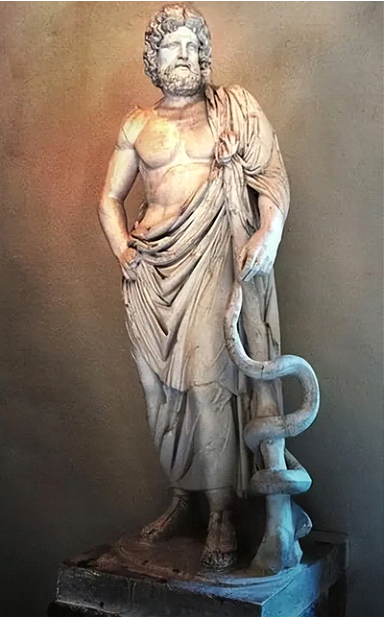
In this way, the cane wrapped around a snake was deified by people and became a symbol of the medical god Asclepius.
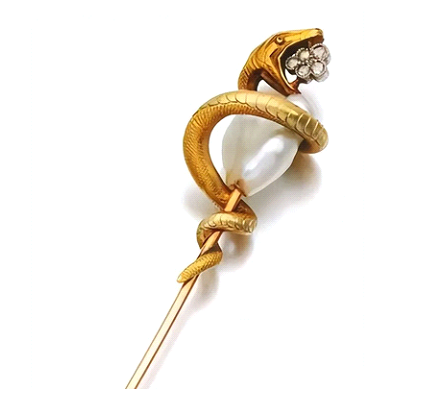
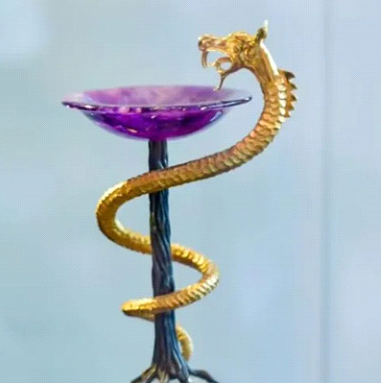
Dali's representative work "The Snake Wand"
The worship of the medical god Asclepius spread throughout the entire ancient Greek world, and its territory was far beyond that of modern Greece. And the Snake Wand of the God of Medicine has been applied to the logos of many medical institutions such as the World Health Organization and the Chinese Medical Association in China, becoming a symbol of the profession of practitioners.

Flag of the World Health Organization. Image: WHO
Double Snake Staff: The Staff of Hermes, the God of Commerce
The double snake staff, also known as "caduceus" in English, is the staff of the ancient Greek merchant god Hermes. Two snakes intertwine and face each other, and some staff have a pair of angel wings at the top.

In ancient Greek mythology, Hermes was the son of Zeus and Maya, and one of the twelve main gods of Greek Olympia.
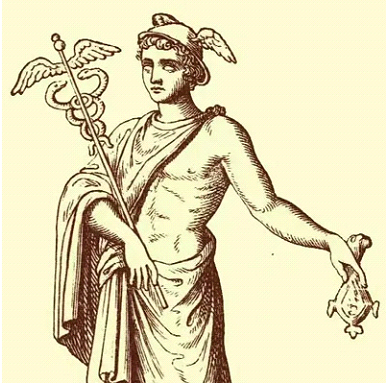
According to legend, shortly after his birth, he took advantage of his mother Maya's lack of attention and sneaked out, stealing the cow of his half brother Apollo and hiding it in a cave.
After discovering it, Apollo was furious and wanted to teach this ignorant brother a lesson.
When Apollo found Hermes, he was playing the lyre at the entrance of the cave. Apollo was deeply attracted by the beautiful melody, so he promised that as long as Hermes gave him the lyre, the cow thing would be cancelled.

From then on, Apollo began to govern music and rhythm, while Hermes became the patron saint of thieves and merchants.
Later, Hermes also invented various musical instruments such as the flute and lyre. Apollo decided to exchange his divine staff, and from then on, the staff became Hermes's official use.
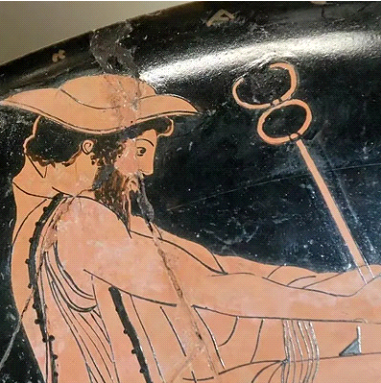
Hermes on pottery jars from the ancient Roman era
The early wand was a stem or olive branch with two buds at the end, wrapped in two white ribbons. Later, when he set off to Acadia, he saw two snakes biting and placed the wand between them. They became separated, and the two snakes entwined around the wand.
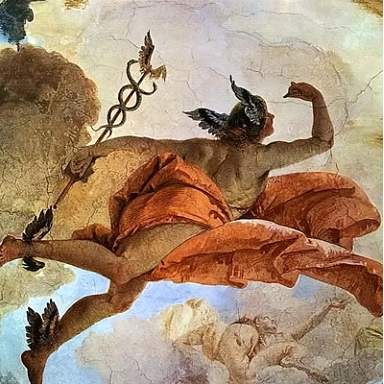
In addition, due to his multiple identities as the god of messengers, the god of eloquence, the god of commerce, the god of fraudsters and thieves, and the god of luck, this staff, which symbolizes Hermes' identity, is also regarded as a symbol of wealth, cause, and peace, and has become a talisman for people to pray for smooth trade and prosperous business.
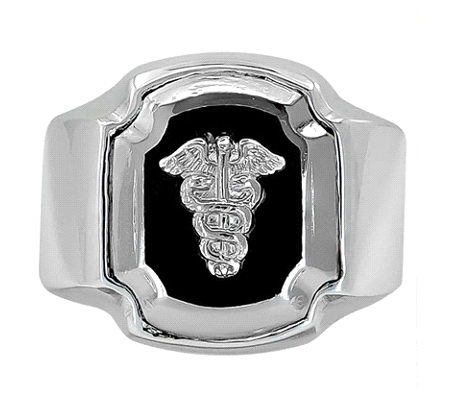
Pure silver agate double snake staff ring
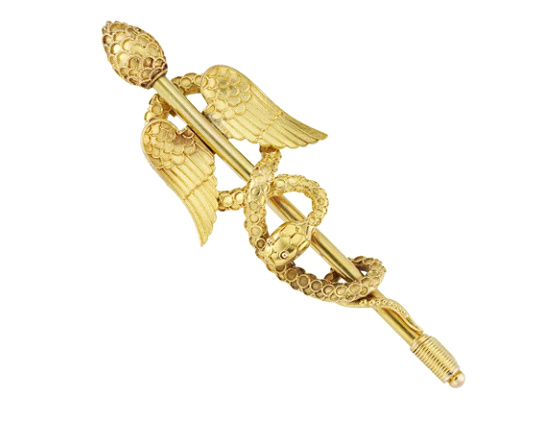
Mid-19th century merchant snake cane brooch
Snake Wand Jewelry: The God of Wealth in Antique Jewelry
Of course, the unique pattern of the snake cane, with its auspicious and rich symbolism, as well as its versatile and interesting design, has successfully caught the attention of jewelry designers, becoming the most common design theme in European antique jewelry.
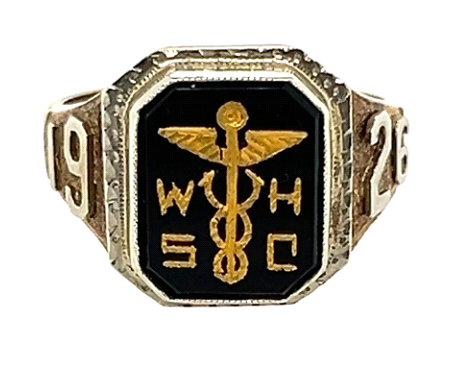
1926 Decorative Art Style Double Snake Cane Ring
Especially during the Victorian period in England, Queen Victoria regarded the snake totem as a protective talisman. Not only did she wear a snake shaped bracelet at the first meeting after coronation, but even the engagement ring given to her by Prince Albert had a snake pattern on it.
(Related reading: The Art of the Girl's Heart! Check in Victorian Early Jewelry, 3 minutes to decipher classic mysteries)

Under the admiration of Queen Victoria, the snake shaped pattern of this period was not only endowed with more beautiful meanings such as wisdom and eternity, but also reached its peak in appearance during this period.
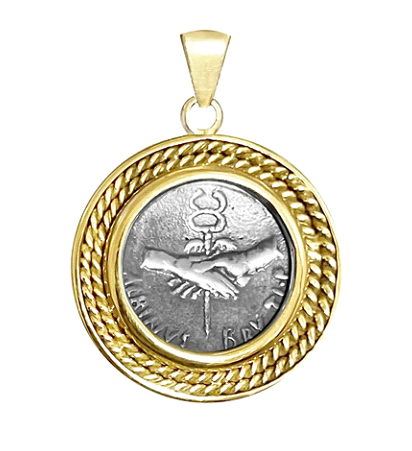
18K Golden Roman Coin Pendant
The jewelry in the shape of a snake cane is highly sought after by people from all walks of life, as it is associated with the ancient Greek god of medicine, Asclepius, and the god of commerce, Hermes, and is endowed with many beautiful meanings such as healing, rebirth, and wealth.
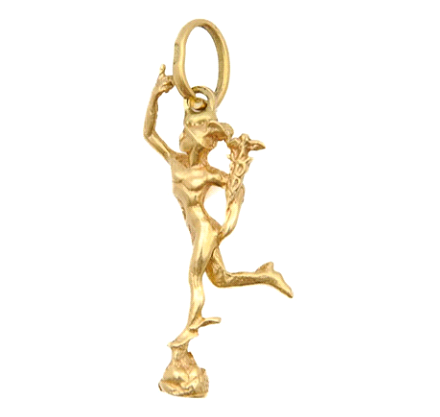
Next, let's follow Mr. J to enjoy these colorful and meaningful snake stick jewelry~

Victorian era emerald diamond pearl brooch
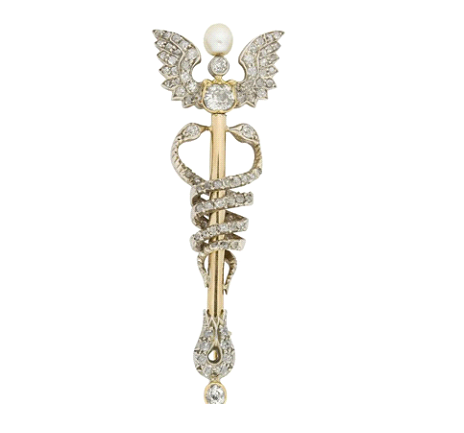
Victorian era gold diamond brooch
Victorian era pearl diamond brooch
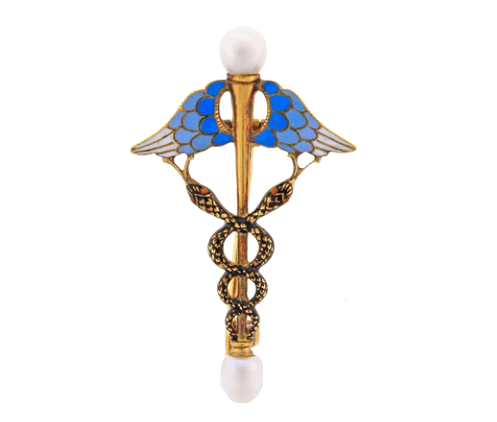
Carlo and Arthur Giuliano Business God Staff brooch

Victorian era business god staff brooch
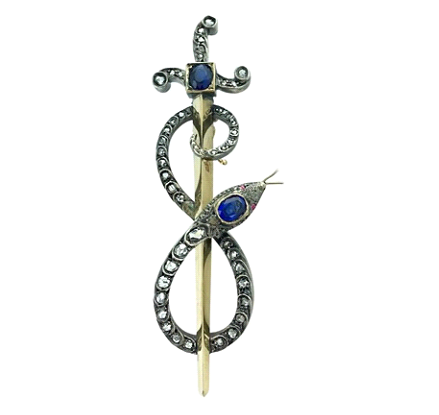
Sapphire diamond gold brooch
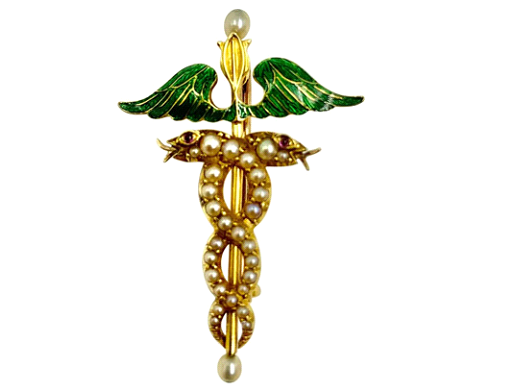
18K gold green enamel pearl snake and ruby brooch
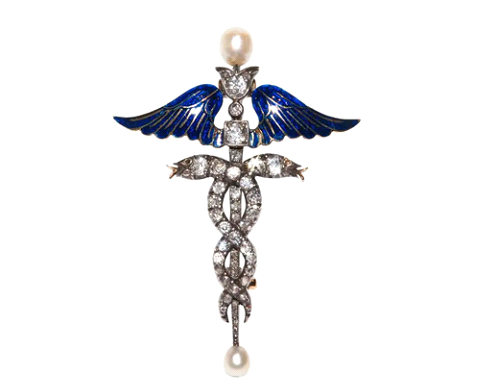
Victoria enamel diamond gold brooch

-560x560.jpg)
-560x560.jpg)